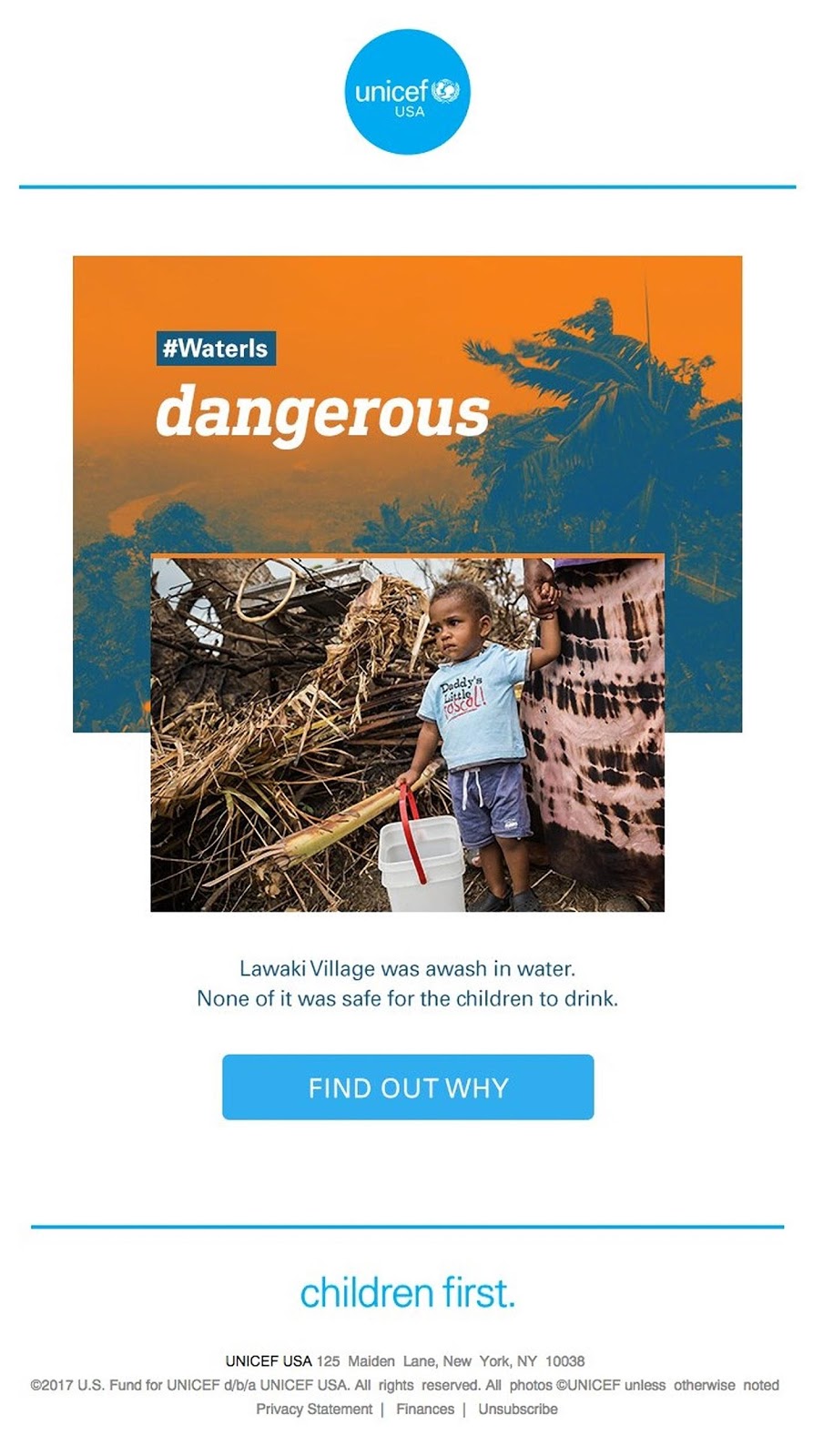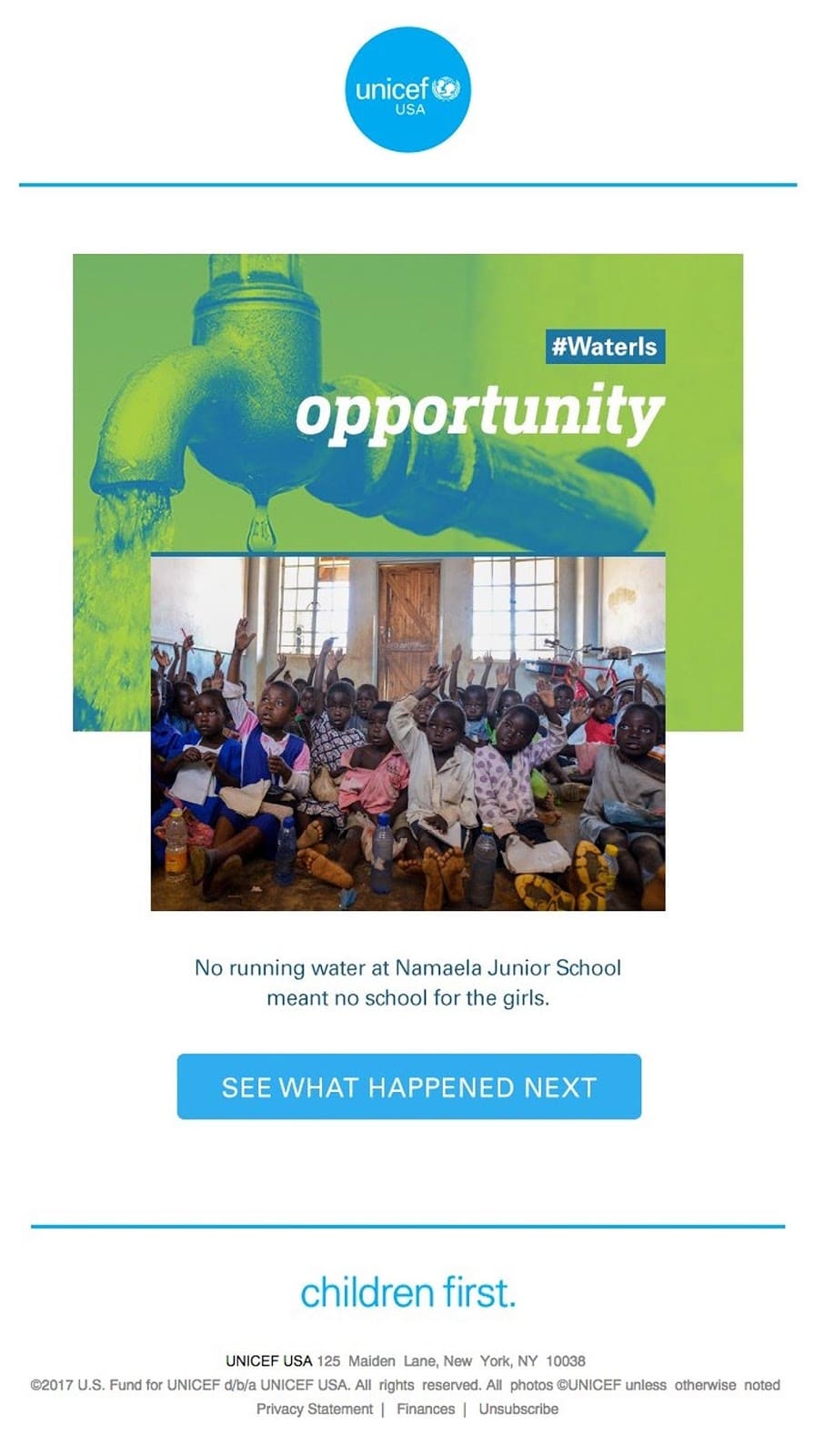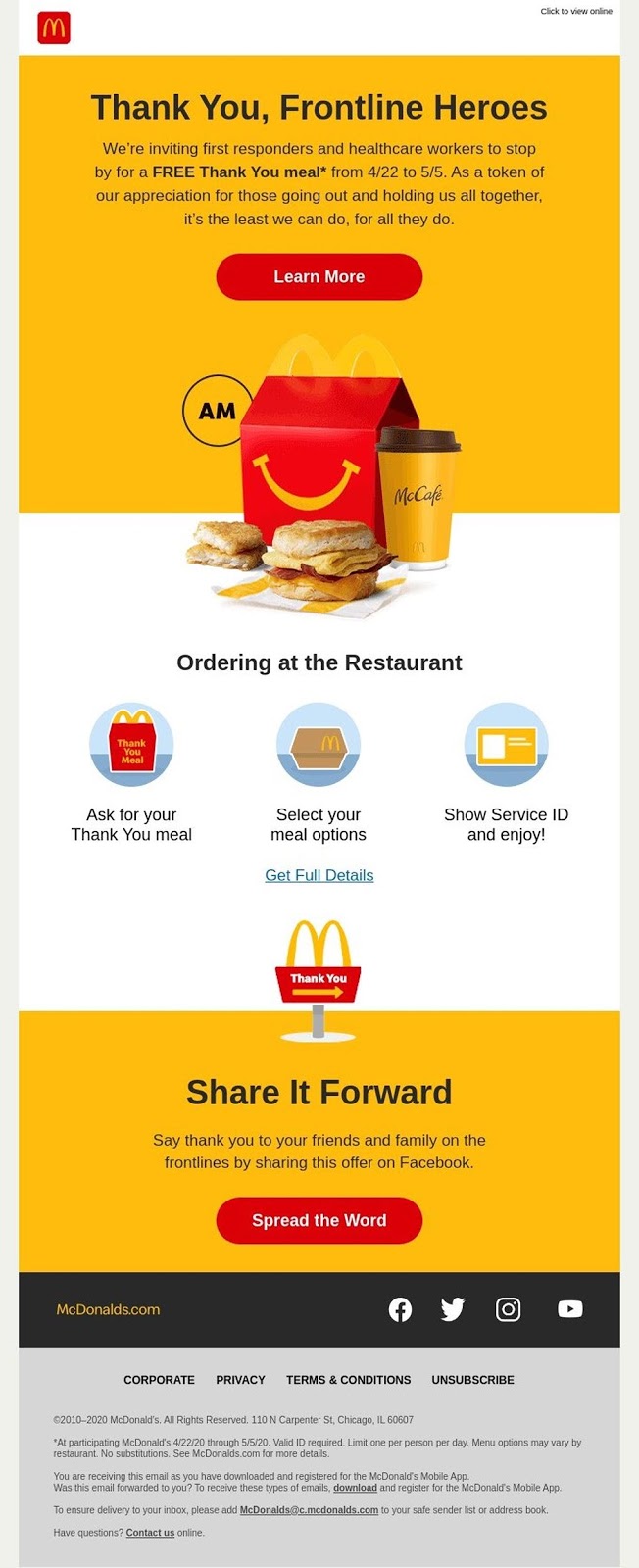How to manage brand consistency in email marketing
Building a strong, consistent brand is important for both consumers and marketers.
Branding means establishing an image of your business. You can also think of it like an atmosphere–every image, color, and word from your business should uphold and strengthen your brand.
Especially with the COVID-19 pandemic, building a reliable, consistent brand has never been more critical. Most transactions and interactions are done online – so it’s important to stand out from the crowd right now.
What’s one way to accomplish this? Branded email marketing.
How does branded email marketing work? What are some tips to make sure your brand shines across all your email campaigns? Let’s go through these questions together.
Why is brand consistency important?
As companies grow, brand consistency can become harder to maintain. Brand identity can get muddied when a company’s size – and their marketing team – increases. This can have unfortunate consequences to your bottom line.
Customers don’t respond well to blog posts, emails, landing pages, and collateral materials that don’t reflect your brand’s image and values. Customers look for consistency when determining their loyalty to a brand.
By staying true to your identity, your target audience will find it easier to trust you. This also helps draw in new customers, even in this new normal.
So, what does it take to maintain a consistent brand? This can look like a certain color palette, font, imagery, logo, and tone on everything you create.
But at its core, a strong brand has values, beliefs, and a clear identity.
Is branded email marketing the best way to manage the identity of your business?
On the whole, if your brand is consistent across all of your channels, you could see a 23% increase in revenue. But consumers would prefer to hear from you via email.
Branded email marketing can facilitate a personal and genuine connection between you and your audience – in a cost-effective way.
Did you know that nearly every adult has an email address – and that more than 80% check their inbox at least once a day (Gen Z and millennials check multiple times a day)?
Unlike social media, it’s not as easy to ignore email. People can speed scroll through their social feeds – but email’s average open rate is more than 20%.
It’s clear that email is still one of the best ways to reach a vast audience.
How can you ensure brand consistency across email campaigns?
As we mentioned earlier, maintaining brand consistency in email marketing, especially with larger companies, can be difficult.
It’s a good thing there are internal processes you can count on and best practices you can follow to make sure this doesn’t happen to you and your brand. Below is a step-by-step process for successful branded email marketing.
1. Create and circulate brand identity guidelines
Design guidelines aren’t new to email marketers. They’re useful for situations when you need to outsource content and materials but still maintain a certain theme.
A complete brand identity guide is a design guide on overdrive. This includes the brand’s differentiators, mission, vision, and unique value propositions for targeted buyer personas. For copywriting, a smart way to maintain consistency is to imagine your brand as a person. Flesh out their personality traits, attitudes, quirks, and beliefs – and then write as they would write.
These guidelines are comprehensive. Copies should reach entire organizations and their partners.
Having brand identity guidelines allow you to create and execute quality branded email marketing campaigns quickly and confidently. They also help if your email marketing software enables you to share visual assets–like logos or templates–with other members of your team, so important files don’t get lost in the shuffle of who’s doing what and when.
Source: Really Good Emails
The Taco Bell email above is an excellent example of on-point brand consistency. The email includes their logo and a mostly purple and black layout. The strength of their brand means that, even if “Taco Bell” wasn’t in the header of the email, consumers could guess who the message is from.
2. Audit and update existing brand materials
Once you have brand guidelines, you should apply them to everything you can.
The average customer won’t understand that it often takes multiple people or teams to maintain a brand’s website, advertisements, signage, and emails. They expect seamless visual experiences with you.
For older businesses, what often gets left behind is the automated transactional email. These triggered messages always perform the same function, so they’re usually crafted during the early days of companies settling into their email marketing software.
Emma HQ’s tiered account system is immensely helpful. Top-level users can remove and archive outdated templates and other assets, while subaccount users will always have access to the company’s latest images and logos.
3. Craft branded email templates
Put together a set of unified email templates that can handle all the emails you send: blog highlights, newsletters, notices, product updates, etc. This way you’ll easily churn out streamlined emails that fit your brand identity.
Source: Really Good Emails
We’ve provided two UNICEF emails that feature the same template. Both say “#WaterIs,” which shows that they’re part of an email campaign.
What’s most striking about these examples is how memorable–yet minimal–they are. These messages feel like they’re part of something larger, even though they use different colors, images, and call to actions (CTAs). UNICEF straddles the fine line between consistency and creativity here. There’s uniformity in the look and feel of the two emails, but there’s also variety.
Source: Really Good Emails
Templates can take minutes to create with the right email marketing software. Many will also allow you to create multiple templates.
4. Recycle branded assets
Don’t be afraid to reuse assets. Originality may sometimes take a backseat to clever repurposing, especially if a considerable part of what sets your brand apart are visual elements.
Of course, you want to avoid being repetitive – as this can tire out and frustrate your audience. In this way, brand identity design is intricate, but you can consider reusing the small stuff and subtle pieces that don’t pull focus from your overall content.
How can you ensure that multiple marketing team members work around the concept of originality versus intentional recycling? Emma HQ has permission levels that allow certain members to create email campaigns without sending them. Instead, they’re submitted to members with higher permission levels for review.
Source: Really Good Emails
The McDonald’s email shows their famous golden arches several times while featuring the brand’s red and yellow color palette. Because the design is clean and the text is concise, there’s space for the images to gently remind us of the brand while we’re reading about their campaign to thank frontline workers.
5. Build campaigns around your brand image
Alongside maintaining brand consistency is promoting awareness and building on who and what your brand is all about. You need to pin down what it is you want your brand to emulate – are you a nurturer, a rebel, a thought leader, a trendsetter, or something else?
When you design email campaigns, always ask this question: If your brand were a person, would they sign off on this?
Email is perfectly poised to reach out and build personal connections with your customers, so do that in your brand’s voice. Share or create content with the knowledge that you’re honoring those values your customers have in common with your brand.
If subscribers can relate to your brand like they would a friend, their interest in you will grow.
Wrap up
Even with limited resources, email marketing is a tremendous tool for jumpstarting and maintaining your brand identity. Branded email marketing is cost-efficient and helps set you apart from your competitors.
To manage brand consistency in email marketing, follow these best practices:
-
Create and circulate brand identity guidelines
-
Audit and update existing branded materials
-
Craft branded email templates
-
Recycle branded assets
-
Build campaigns around your brand image
No matter the size of your business, Emma can help you create, manage, and execute your email marketing strategy. See more of what Emma can do for you.
MOST RECENT ARTICLES
Want to engage your audience and grow your brand? Try Emma's robust easy-to-use product today.

















